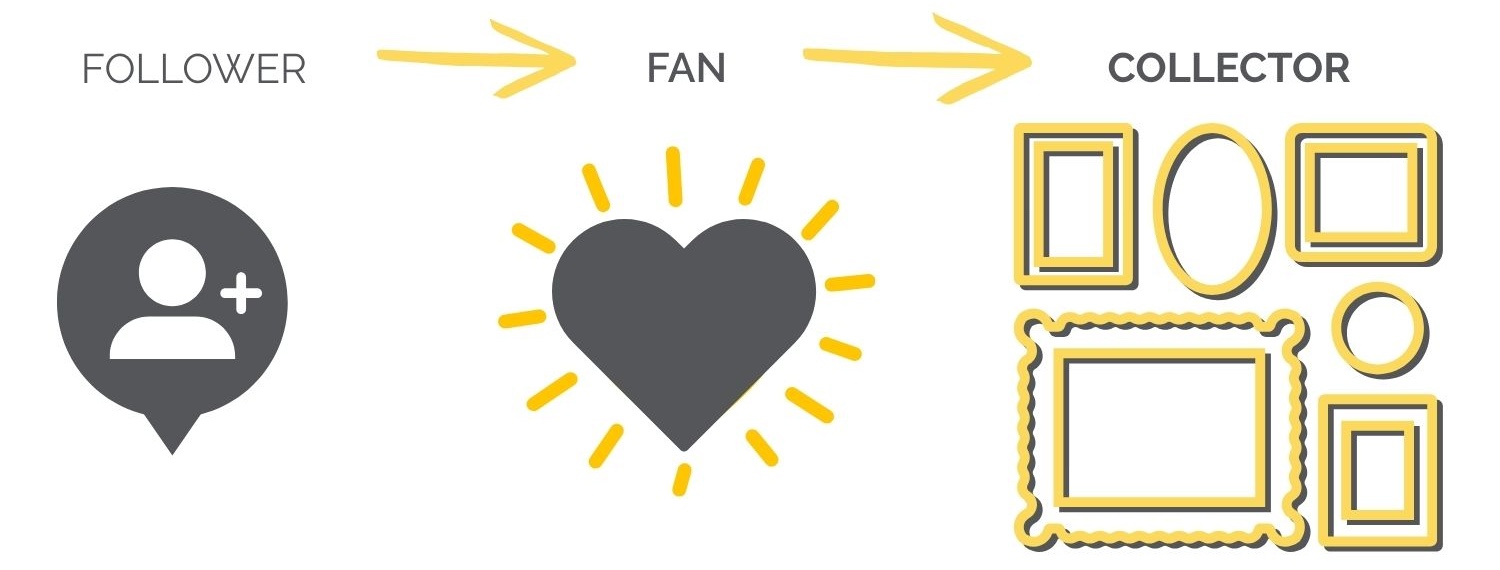Lots of artists seem to have a bunch of "older" images that they don’t mind people seeing, but that they don’t necessarily want to be shown next to the newer work that reflects the direction they’re headed.
If you’re in this boat, feature your new art in thumbnails on the primary art pages and then post a small link to "Older Work" at the bottom of those pages. That way, people first see the art you most want them to see.




6 thoughts on “What to do with older art on your Web site”
I have an "Archives" page. I plan to only keep the past 4 years on the menu bar, then it goes to the Archives.
http://www.demolay.com/archives
Very good tip. Fellow artist/blogger and very fine landscape painter, Stacey Peterson, recently wrote about the “cringe” factor – the feeling you get looking at older work that looks weak to you, even though people new to your site might still be very impressed. A good test of when to put work in the “archive” might be when you see a shift in the direction of your work, or an awareness that your work has matured to a new level. For some artists, especially ones new to the biz, this might happen within a year or two. For established artists like Jacob Collins or C. Michael Dudash (two of my faves), revisiting their sites to see work that is many years old is still inspiring.
“That way, people first see the art you most want them to see.” That only works if you presume that visitors will enter your site from the “front” page. On a site that is optimised for search engines, visitors may land on any of the pages of your site – depending on the search terms they have used in Google etc – and explore from there. I think that if you want to separate out older work then that’s fine – put them in well-named galleries like “Oil Paintings from the 1990s” with clear links from those pages to your other newer gallery pages. But you can’t presume that all visitors (not even “Most visitors”) will land on your root default page – unless the rest of your site is so badly designed that it cripples attempts by search engines to index it.
Paul is quite right. Most important lesson about websites: every page is equal to the search engines. There is no “front” page, not really. That’s a remnant from the design of print. Of course if you’re primarily advertising your own URL then you are giving people the front door, so to speak. So they’ll navigate more linearly the first time. I have a couple artists I’ve done sites for that just have 2 main galleries: Recent Work and Archive. But I would say this about both of them: they have a very mature consistent style and the archive work isn’t so different. It’s simply that their work sells quickly so they try to keep the things that are actually with galleries on the ‘Recent’ page, but still showing the archive work in case a buyer might be interested in a certain subject matter or layout. They are able to use the archive as a sort of commissions launch pad.
Paul and Tina: Actually, I meant that it’s the art on the “art” or “portfolio” page–not the home page. That’s what I meant when I said “primary art page.” Sorry for the confusion. I agree, most people come through the back door!
Pingback: How to Place Older Artwork on Your Website — Art Biz Blog